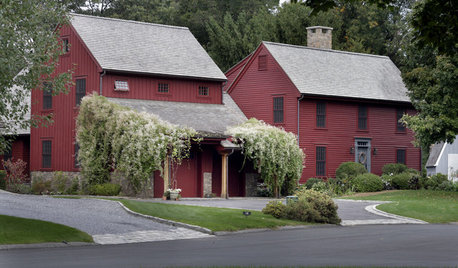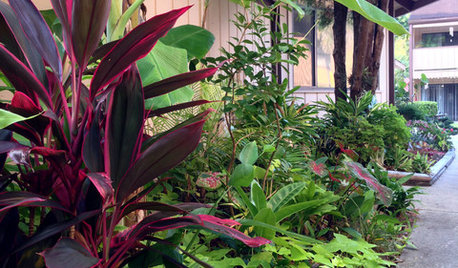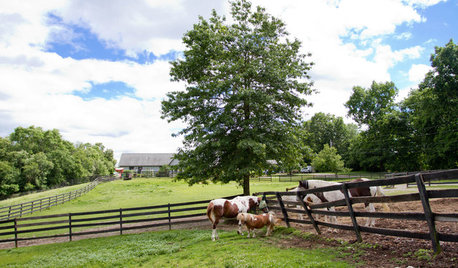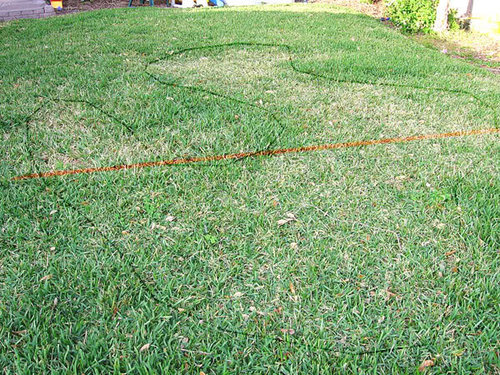Brown Patch Experiment
skoot_cat
16 years ago
Related Stories

BATHROOM DESIGNGuest Picks: The Perfect Bath Experience
Get ready for fancy bath time with glam fixtures, bath salts and a bottle of champagne (or two)
Full Story
GARDENING GUIDESInvite Cellophane Bees to Your Garden by Providing Patches of Bare Soil
Look for cellophane bees (Colletes) pollinating flowering trees and shrubs in U.S. gardens this spring
Full Story
URBAN GARDENSIn London, a Crowded Patch of Grass Becomes a Patio for Entertaining
A chic combo of wood siding, clever plantings and lots of elegant sandstone transforms a plain garden into a stylish space
Full Story
GARDENING GUIDESHow to Fix Bare and Yellow Lawn Spots
Restore your turf’s good looks by reseeding unsightly patches
Full Story
CURB APPEALWhen to Paint Your House Brown
Nature loves brown, from rich soil to sunlit sand, and so do home exteriors with a traditional or Craftsman bent
Full Story
GREAT HOME PROJECTSReady to Repaint Your Home’s Exterior? Get Project Details Here
Boost curb appeal and prevent underlying damage by patching and repainting your home’s outer layer
Full Story
EDIBLE GARDENSHow to Grow Your Own Sweet Summer Crops
This guide will help any gardener get started on growing the freshest warm-season veggies and berries for summer
Full Story
GARDENING GUIDESA Mom, a Garden and a Gift for the Neighbors
Gardening can be therapeutic in unexpected ways. See how one gardener found peace and purpose in a patch of Florida soil
Full Story
HOUZZ TOURSHouzz Call: Show Us Your Farmhouse!
Bring on the chickens and vegetable patches. If your home speaks country, it might appear in a featured ideabook
Full Story
FEEL-GOOD HOMESimple Pleasures: Make Do and Mend
Experience the satisfaction of fixing, repurposing and creating things yourself around the home
Full Story






lou_spicewood_tx
skoot_catOriginal Author
Related Professionals
La Marque Landscape Architects & Landscape Designers · Marco Island Landscape Architects & Landscape Designers · Milwaukee Landscape Architects & Landscape Designers · Bedford Landscape Contractors · Berkley Landscape Contractors · Deerfield Beach Landscape Contractors · Parker Landscape Contractors · Petaluma Landscape Contractors · Tavares Landscape Contractors · Park Ridge Driveway Installation & Maintenance · Stanford Swimming Pool Builders · Branford Fence Contractors · Fair Oaks Fence Contractors · Ramona Fence Contractors · Tulsa Fence Contractorslou_spicewood_tx
nandina
dchall_san_antonio
lou_spicewood_tx
nandina
lou_spicewood_tx
ronalawn82
lou_spicewood_tx
nandina
dchall_san_antonio
skoot_catOriginal Author
lou_spicewood_tx
ronalawn82